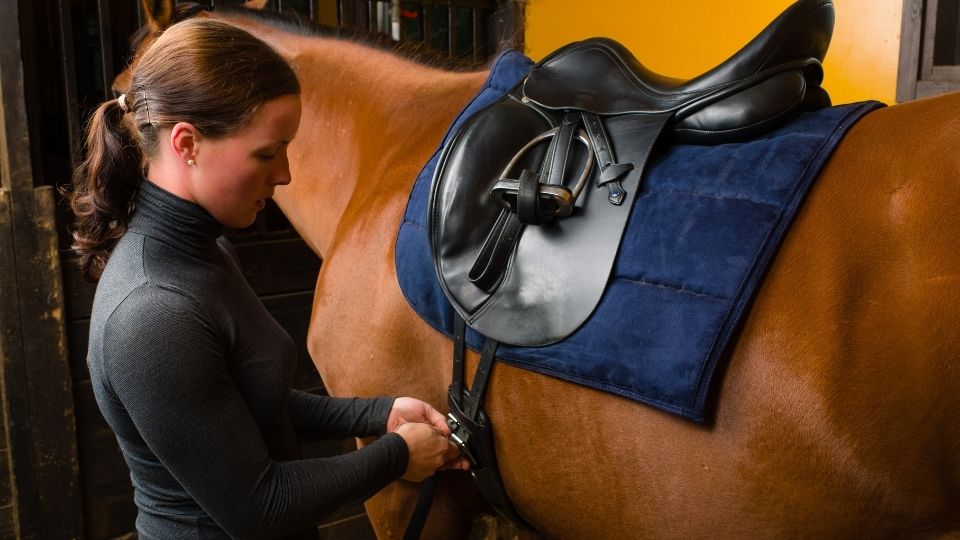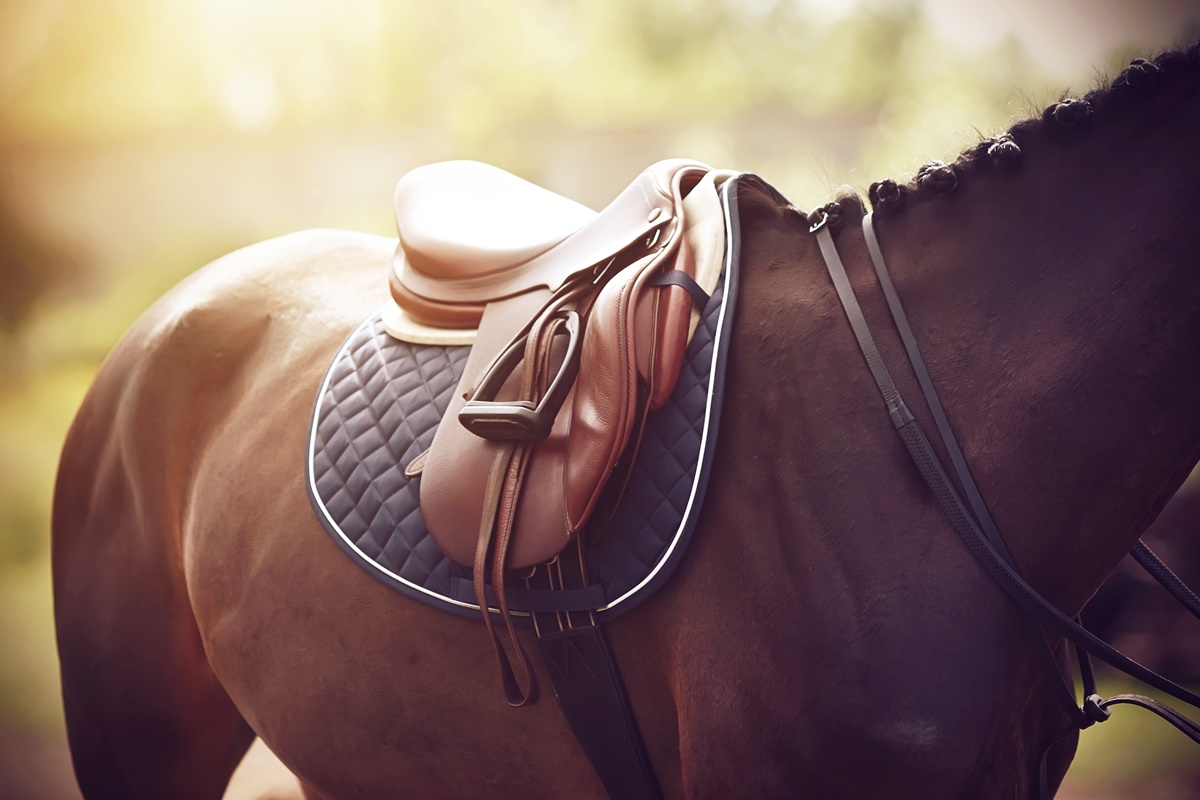
What is a Saddle Point and Its Importance for Pet Owners?
Share
When diving into the realm of pet ownership, particularly for those passionate about equestrian animals, the term 'saddle point' might often arise. But what is a saddle point? In its simplest form, a saddle point refers to a specific point on a surface where the slope is zero, yet it is neither a local maximum nor a local minimum. Its crucial for health-conscious pet owners to embrace knowledge that aids in the overall well-being of their animals, especially horses. This article will keenly delve into the concept and explore its relevance in the world of equestrian health.
For horse owners, understanding the intricacies of saddle fit is paramount. Not only does it affect the horse's performance, but it also plays a significant role in the animal's comfort and health. A well-fitted saddle can prevent a myriad of problems associated with improper pressure points, contributing to a happier and healthier horse.

Understanding the Concept of Saddle Points
The term saddle point primarily originates from mathematics and optimization. However, its application in equestrian contexts cannot be understated. A saddle point, in mathematical terms, is a point that serves as a critical point where the gradients of multiple functions meet but does not represent the peak or trough of any function.
In practical terms for horse owners, this refers to the point where the horse's back contours change, and it's essential to ensure that the saddle contour aligns perfectly. The saddle must not press too hard on any specific point, or the horse will suffer adverse health effects.

The Importance of Saddle Fit
The fit of a saddle is profoundly significant for both rider and horse. Proper saddle fitting ensures that the weight of the rider is distributed evenly across the horse's back. An ill-fitted saddle can contribute to posture issues, discomfort, and even long-term ailments.
When looking for the right saddle, owners should consider these factors:
- Gullet Size: The gullet provides vital clearance for the horses spine. Knowing how to measure a saddle gullet is essential for proper sizing.
- Tree Width: Understanding how the tree width affects the distribution of weight is crucial in saddle fitting.
- Length: The length of the saddle should match the horse's back length to avoid excessive pressure.
Health Implications of Poor Saddle Fit
Neglecting proper saddle fit can lead to severe consequences for the horse's health:
- Chronic back pain and discomfort
- Behavioral issues stemming from pain
- Impacts on performance due to pain or discomfort
Addressing the 'what is a saddle point' query can also lead horse owners to recognize critical reflections on health-related aspects of their horses performance.

Signs of an Ill-Fitting Saddle
Pet owners must be vigilant about signs indicating a saddle might not fit correctly:
- White hairs or sores on the back
- Bear shifting under the rider
- Horse shows reluctance to be saddled
These signs indicate that the saddle may be affecting the horse's overall health. Regular maintenance and saddle checks ensure that the horse remains in optimal condition.
Finding the Right Saddle for Your Horse
Choosing the correct saddle begins with understanding the horse's unique body shape. Researching various types of equestrian saddles can be useful. To gather more information, you can learn about how to measure a western saddle as well as other types of saddles.
Moreover, engaging with a certified saddle fitter can be an invaluable step in ensuring a perfect fit. These professionals possess the expertise to assess both the horse and riders anatomy and make informed recommendations.

Evaluating Saddle Specifications
To bid farewell to the headache of saddle fitting, it's imperative to assess various specifications:
- Material: Choosing the right materials can affect both comfort and durability.
- Design: Different designs have varied impacts on how a saddle distributes weight.
- Weight: Knowing how much a saddle weighs can help in making decisions based on your riding style and needs.
The Role of Saddle Accessories
Saddle accessories such as pads and straps can also play essential roles in ensuring comfort. A saddle pad can assist in moisture control while also providing cushioning. The addition of a properly fitted girth is integral for both performance and health. Regular checks and adjustments can make a world of difference.
Conclusion
Understanding what is a saddle point and its implications for saddle fitting is vital for any health-conscious pet owner. The connection between saddle fit and horse health is undeniable. The welfare of equestrian animals should always be prioritized, and owning a well-fitted saddle is a significant part of this commitment.
For pet owners, investing time and resources into understanding saddles can yield immense benefits in the long run. For more insights, check out this informative resource from the ASPCA on horse care.
As an Amazon Associate, I earn from qualifying purchases.
